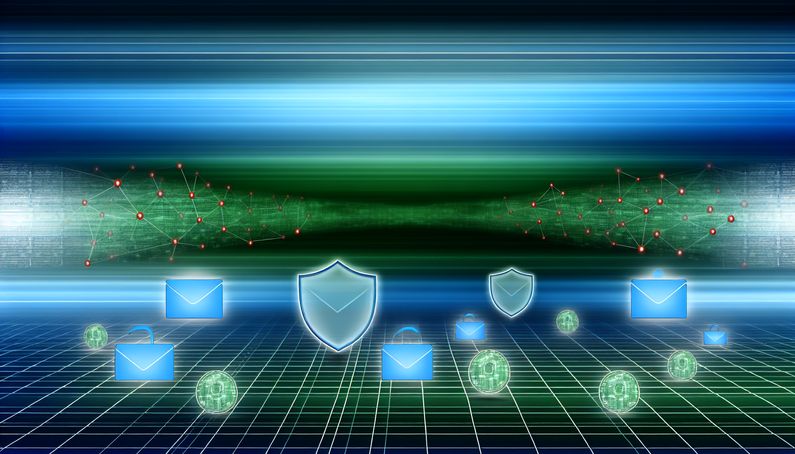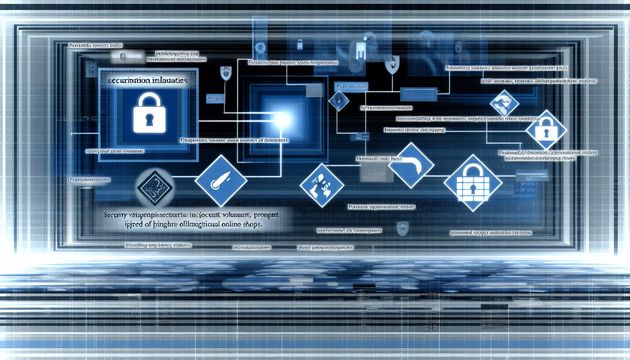
Embracing the EDR Mindset in Email Security
Email security is undergoing a transformative shift, moving beyond traditional methods like Secure Email Gateways (SEGs) and spam filters, which primarily focus on blocking known threats. As cyber attackers become more sophisticated, these perimeter-focused defenses are proving inadequate. The evolution of email security now demands an Endpoint Detection and Response (EDR) mindset, which emphasizes not just prevention, but also detection and response capabilities (BleepingComputer). This shift acknowledges the impossibility of 100% prevention and highlights the importance of resilience through post-compromise visibility and control. By adopting this approach, organizations can better protect their email systems from evolving threats and ensure a robust security posture.
The Need for an EDR Mindset in Email Security
Expanding Beyond Traditional Email Security
Traditional email security methods, such as Secure Email Gateways (SEGs) and spam filters, primarily focus on preventing known threats by inspecting inbound emails and blocking suspicious content. These tools function similarly to legacy antivirus (AV) systems, which rely on signature-based detection to identify and block malicious files. However, as attackers develop more sophisticated techniques, these perimeter-focused defenses are no longer sufficient (BleepingComputer).
The evolution of email security requires a shift from a prevention-only mindset to one that incorporates detection and response capabilities, similar to the transition from AV to Endpoint Detection and Response (EDR) in endpoint security. This approach acknowledges that 100% prevention is impossible and emphasizes the need for resilience through post-compromise visibility and control.
The Role of Email as a Pivot Point
Email accounts serve as critical access points for attackers, providing entry to sensitive files, applications, and workflows. A compromised inbox can lead to various security incidents, such as password resets, invoice fraud, or unauthorized access to cloud files. Therefore, email security must evolve to address these risks by implementing post-breach protections that limit the impact of successful attacks (BleepingComputer).
The EDR mindset in email security involves adopting an “inside-out” approach, where the focus shifts from merely blocking threats to actively managing and mitigating risks after a breach occurs. This includes implementing tools that provide visibility into email access, enable incident response, and enforce granular access controls to protect sensitive content.
Integrating Email Security with SaaS Ecosystems
As organizations increasingly rely on cloud-based productivity suites like Microsoft 365 and Google Workspace, the scope of email security must expand to encompass the entire Software as a Service (SaaS) ecosystem. A breach in an email account can have far-reaching consequences, affecting calendars, cloud storage, spreadsheets, and collaborative documents. Therefore, security measures should extend beyond email to cover the full range of tools that power modern work environments (BleepingComputer).
This broader security shift requires integrating email security with other components of the SaaS suite, ensuring consistent visibility, access controls, and threat response across all applications. By adopting an integrated security architecture, organizations can better protect their data and workflows from lateral movement and other sophisticated attack vectors.
Enhancing Visibility and Incident Response
A key component of the EDR mindset in email security is enhancing visibility into email-related activities. This involves tracking who accessed which emails, when, and from where, providing a comprehensive understanding of incidents and potential threats. Such visibility is crucial for effective incident response, enabling organizations to retroactively revoke access to sensitive content if an account is compromised (BleepingComputer).
In addition to visibility, robust incident response capabilities are essential for minimizing the impact of breaches. This includes the ability to quickly identify compromised accounts, isolate affected systems, and remediate vulnerabilities. By adopting these practices, organizations can respond more effectively to email-based threats and reduce the risk of data loss or unauthorized access.
Implementing Granular Access Controls and Identity Hardening
To further enhance email security, organizations should implement granular access controls that restrict access to sensitive emails and content. This includes applying policies that limit who can view, edit, or share emails containing financial information or personally identifiable information (PII), even for internal users. Such controls help prevent unauthorized access and reduce the likelihood of data breaches (BleepingComputer).
Identity hardening is another critical aspect of the EDR mindset in email security. This involves governing OAuth connections and email-based app signups to prevent unauthorized access and ensure that only trusted applications can interact with email accounts. By strengthening identity management, organizations can reduce the risk of account hijacking and other identity-related threats.
Transitioning from Point Tools to Integrated Security Architecture
The transition from traditional email security tools to an integrated security architecture mirrors the evolution of endpoint security from AV to EDR. While AV systems focused on detecting and blocking known threats, EDR added layers of visibility, detection of suspicious behavior, and forensic capabilities. Similarly, email security must evolve to include these elements, providing a comprehensive defense against modern threats (BleepingComputer).
By moving from point tools to an integrated security architecture, organizations can create a more resilient security posture that adapts to the changing threat landscape. This approach enables security teams to detect, respond to, and recover from incidents more effectively, reducing the overall risk to the organization.
Addressing the Limitations of Prevention-Only Approaches
The limitations of prevention-only approaches in email security are becoming increasingly apparent as attackers continue to develop new techniques to bypass traditional defenses. Phishing attacks, business email compromise (BEC), OAuth token abuse, and insider threats are just a few examples of threats that can evade perimeter-focused security measures (BleepingComputer).
To address these challenges, organizations must adopt a mindset that prioritizes resilience and adaptability. This involves recognizing that prevention alone is insufficient and investing in detection, response, and hardening capabilities. By doing so, organizations can better protect their email systems and data from evolving threats.
The Future of Email Security: Embracing the EDR Mindset
The future of email security lies in embracing the EDR mindset, which emphasizes resilience, visibility, and integrated defenses. This approach acknowledges the limitations of traditional security measures and focuses on building a robust security posture that can withstand modern threats. By adopting the EDR mindset, organizations can better protect their email systems and data, ensuring that they remain secure in an increasingly complex threat landscape (BleepingComputer).
Conclusion
In conclusion, the evolution of email security requires a fundamental shift in mindset, moving beyond prevention to embrace detection, response, and integration. By adopting the EDR mindset, organizations can create a more resilient security environment that adapts to the changing threat landscape and protects against the wide range of threats targeting email systems today. This approach prioritizes resilience, visibility, and integrated defenses, recognizing the limitations of traditional security measures and focusing on building a robust security posture capable of withstanding modern threats.
References
- Why email security needs its EDR moment to move beyond prevention. (2023). BleepingComputer. https://www.bleepingcomputer.com/news/security/why-email-security-needs-its-edr-moment-to-move-beyond-prevention/



